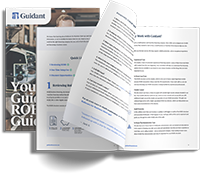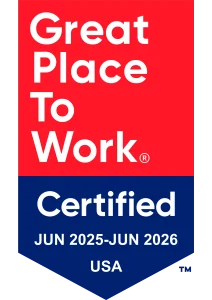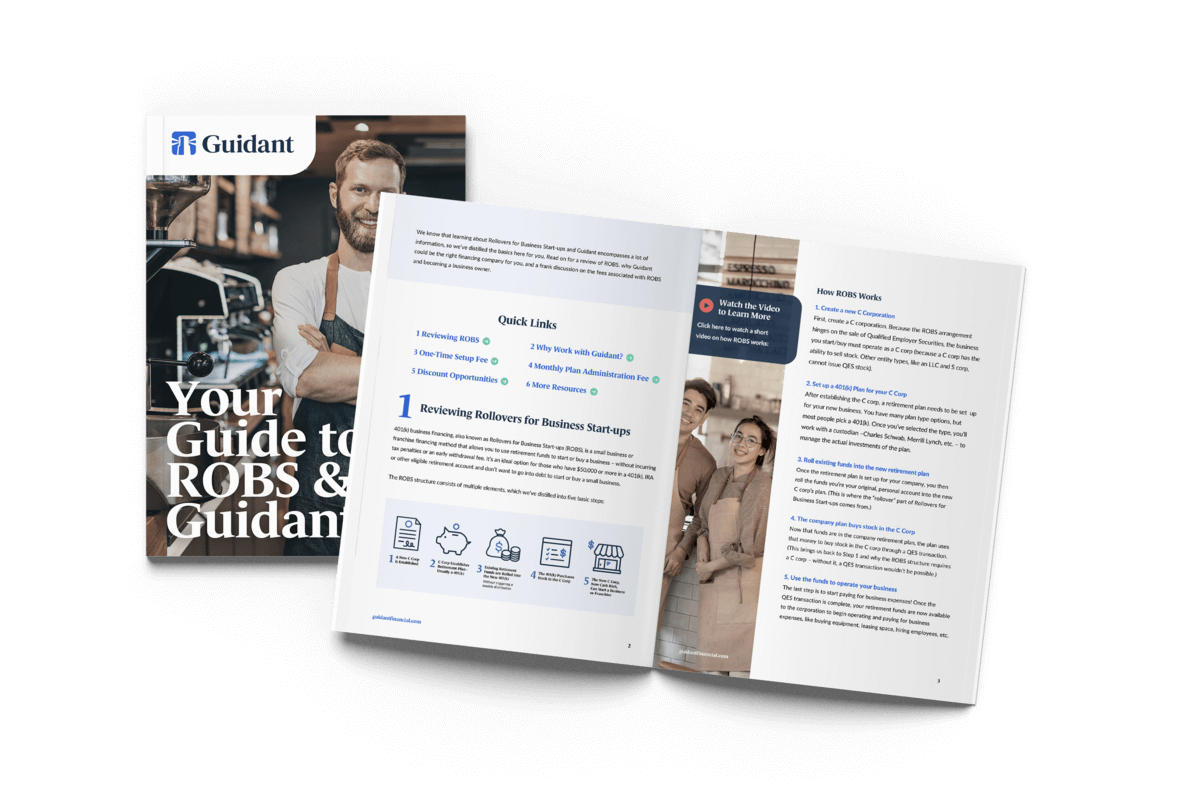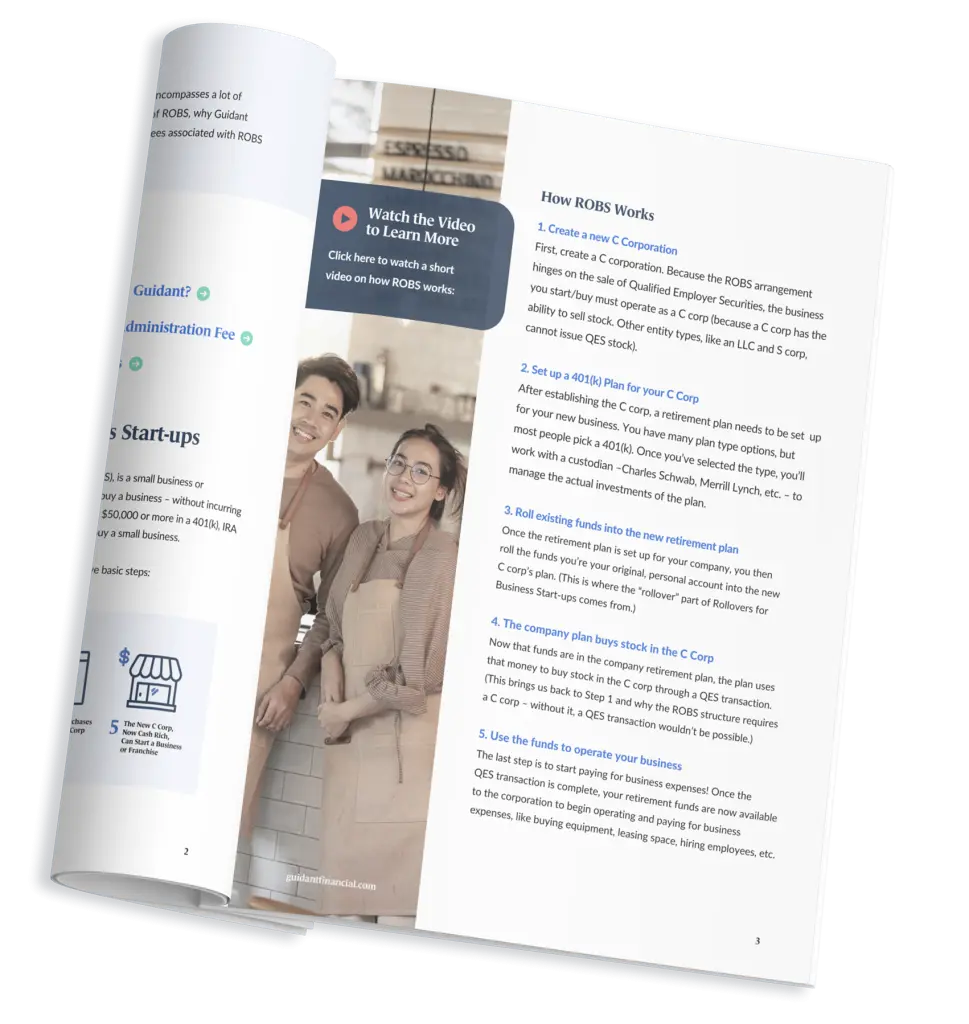7 Ways to Trim Your Business Budget
Cash is often a struggle for small businesses. A JPMorgan Chase survey found that the median small business has a cash reserve that will last them 27 days. With the severe impact of COVID-19 closures on businesses, trimming your budget is important. Here are seven ways to get started.
1. Start with an Expense Audit
During busy periods, you may not have time to take a deep-dive into your books. If you operate in an area with a lot of vulnerable businesses, you and your local business colleagues may have some extra time on your hands. Use it to conduct an expense audit, which can help you identify and reduce your costs. You want to stretch the cash that you have, rather than burn through it on expenses that don’t make a real difference to your business.
Pull up your books and look through your past few months of expenses. Ask yourself:
- Is this expense needed?
- Is there a less expensive option I can use?
If you find expenses that you no longer need, consider eliminating them to save money.
Don’t forget your subscriptions, including software licenses and payroll platforms. A West Monroe Partners survey found that 84 percent of Americans underestimated how much they spend on subscription charges.
2. Reconsider Your Credit Card Service
Credit card processing fees are difficult to understand and not always transparent. Cards may be necessary to run your business but picking the right payment processor and plan can keep them from eating into your profits.
Review the fees charged by your payment processor. You may have initially been able to choose a tiered pricing plan based on your revenues. Consider whether that’s still the right tier for you. You may also want to consider flat-rate options to see if that pricing model could save you money.
3. Press Pause on Cosmetic Updates
If you planned to make updates or repairs to your place of business, it’s a good idea to put those on hold. Not only will you want to hold on to that cash in case you need it while business is slow, but your original plans might soon change.
Tailored Funding Options for You
Depending on restrictions placed on businesses, you may need to use that repair budget to make changes that will enable your business to open safely. For example, you may decide you want to invest in a new air filtration system or rearrange your store to encourage social distancing.
4. Put Hiring Plans on Hold
Hiring is expensive, so cutting it from your budget can free up some much-needed cash. A survey from the Society for Human Resource Management found that it costs an average of $4,129 and it takes an average of 42 days to hire a new employee. While this survey isn’t specific to small businesses, it is a reminder of how expensive and time-consuming hiring can be.
Consider working with the staff that you already have. If certain facets of your business were harder hit than others, consider temporarily shifting employees to different roles. It might not be the ideal solution, but it can help save your budget.
5. Invoke the 80/20 Rule
The Pareto Principle was coined by Vilfredo Pareto when he discovered that 80 percent of Italy’s wealth was held by just 20 percent of the population. That concept can be widely applied, including in business. Are there any areas in your business where a small number of inputs are responsible for a disproportionate number of outputs?
For example, when you look at your sales, are there a few products or customers that make up the majority of your revenue? If you examine your marketing efforts, are there a small number of campaigns that drive the majority of the results?
Rather than indiscriminately slashing your budget, consider this an opportunity to allocate resources to where they will be best used. Focusing your resources on a part of your business that has proven to be successful can help you get the best return on investment.
6. Shop Around for Insurance
Insurance is important for most businesses, but you may not be getting the best rate — especially if you haven’t reviewed your policy lately.
Consider shopping around for a new insurance company. Call several companies that specialize in your type of business and that have good ratings from places like A.M. Best or Standard & Poor’s. Compare quotes you receive to your current plan, making sure to review important details including the deductible and specific coverage limitations.
7. Trim Your Tax Bill
The Coronavirus Aid, Relief, and Economic Security (CARES) Act that passed in March 2020 had a number of changes to help small businesses stay afloat during these tough times. Support included loans as well as tax breaks. And some of these tax breaks can be taken now to help reduce your federal tax liability throughout the year.
One of these tax incentives is the employee retention credit, which encourages business owners to keep their staff on their payroll. It’s a refundable tax credit that is capped at $5,000 per employee. If you qualify for the credit, you can reduce the amount you deposit for your federal taxes in anticipation of receiving the credit. If you qualify for more credit than can be covered by your reduction in deposits, you can also request to be sent a check for the remaining credit amount now, rather than waiting until you file taxes next year.
The IRS has published the criteria to qualify for this credit as well as how to calculate it. Removing this tax liability from your budget can help free up cash flow that you may need during tough times.
By Erica Gellerman, for LendingTree



















